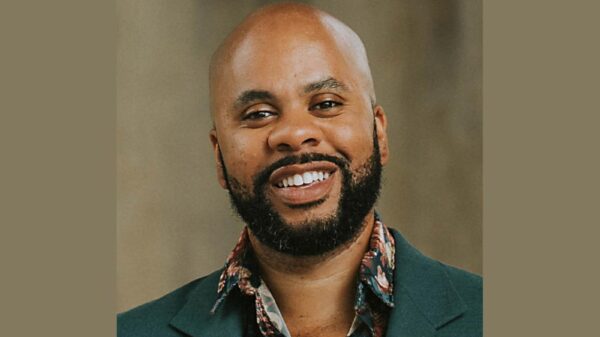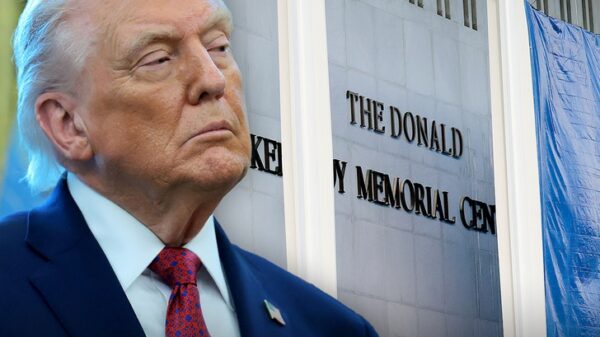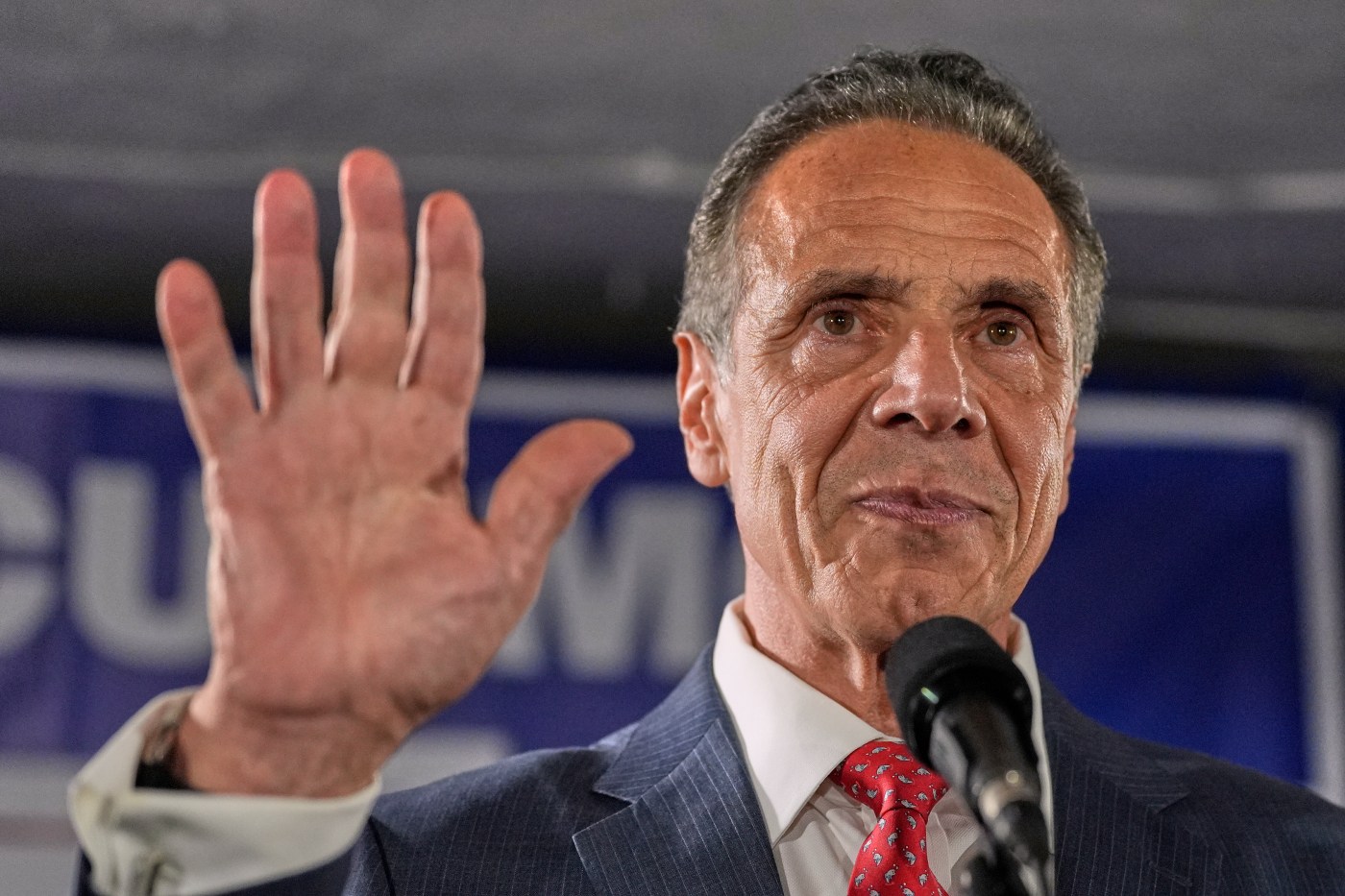Former New York Governor Andrew Cuomo is intensifying his efforts in the mayoral race, adapting his approach as he campaigns as an independent candidate. Following a lackluster performance in the Democratic primary against Zohran Mamdani, Cuomo announced on July 14 that he would pursue a more aggressive ground game. His strategy focuses on engaging voters directly in neighborhoods where he previously garnered support.
Cuomo has been actively visiting areas in the Bronx, Queens, and parts of Brooklyn, such as East New York and Brownsville. His campaign emphasizes reaching out to constituents in districts that favored him during the primary elections. Political strategist Trip Yang noted that Cuomo’s current focus aligns with neighborhoods likely to yield moderate voters in the general election.
The campaign’s outreach strategy includes an increase in Cuomo’s visibility, as he aims to connect with a broader electorate. Rich Azzopardi, Cuomo’s spokesman, emphasized the candidate’s commitment to a more inclusive campaign, stating, “This is a new campaign and we’ll be everywhere and talking to everybody.” The campaign plans to visit additional neighborhoods, including Jackson Heights and East Harlem, in the coming days.
Cuomo’s approach marks a departure from his previous strategy, which faced criticism for its limited accessibility. During the primary, he was often perceived as adopting a “rose garden” strategy. Now, he has participated in several interviews and is actively engaging with voters through casual video content, mirroring tactics used by Mamdani.
In a recent interview, Cuomo expressed confidence in the upcoming election, stating, “It’s a different electorate. It’s bigger, it’s more moderate.” He aims to appeal to independents and Republicans, acknowledging the need to shift his focus from the primary, where he lost to Mamdani by a significant margin.
Despite his revamped strategy, Cuomo faces considerable challenges. Mamdani’s unexpected primary victory by 13 points has shifted support among unions and influential political figures. Some of Cuomo’s previous backers are now endorsing incumbent Mayor Eric Adams, who is also campaigning on a moderate platform. Adams has recently experienced a surge in fundraising and endorsements, positioning him as a strong contender against both Cuomo and Mamdani.
Cuomo’s campaign must navigate this competitive landscape while appealing to a diverse voter base. His recent appearances have included visits to senior centers and local restaurants, where he aims to connect with everyday New Yorkers. As the election approaches, the effectiveness of Cuomo’s new strategy remains to be seen, particularly in a race that is shaping up to be closely contested.
In summary, Andrew Cuomo’s efforts to revitalize his mayoral campaign reflect a strategic pivot aimed at engaging a wider audience. As he prepares for the November election, his ability to adapt and connect with voters will be critical in determining the success of his campaign.







































































